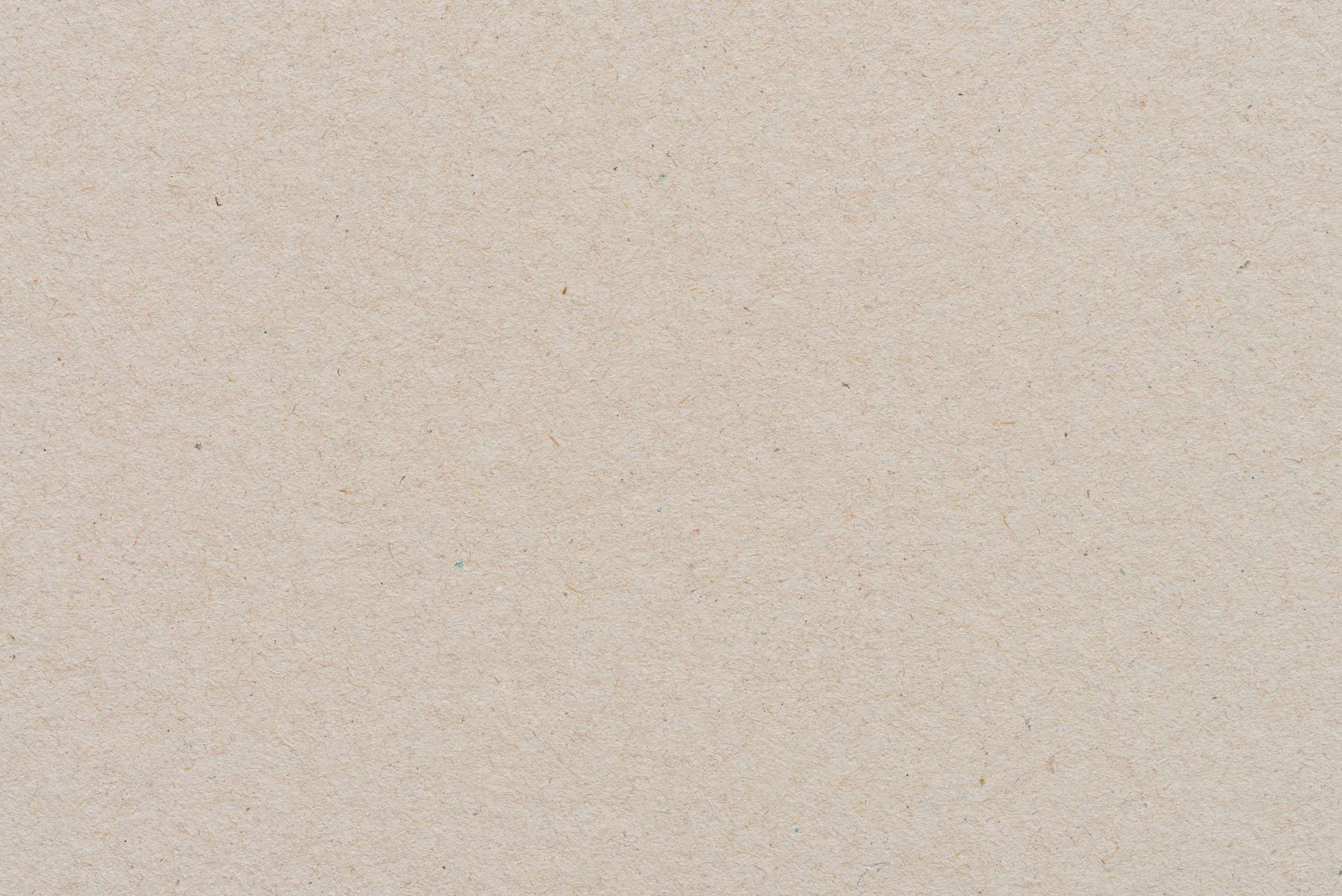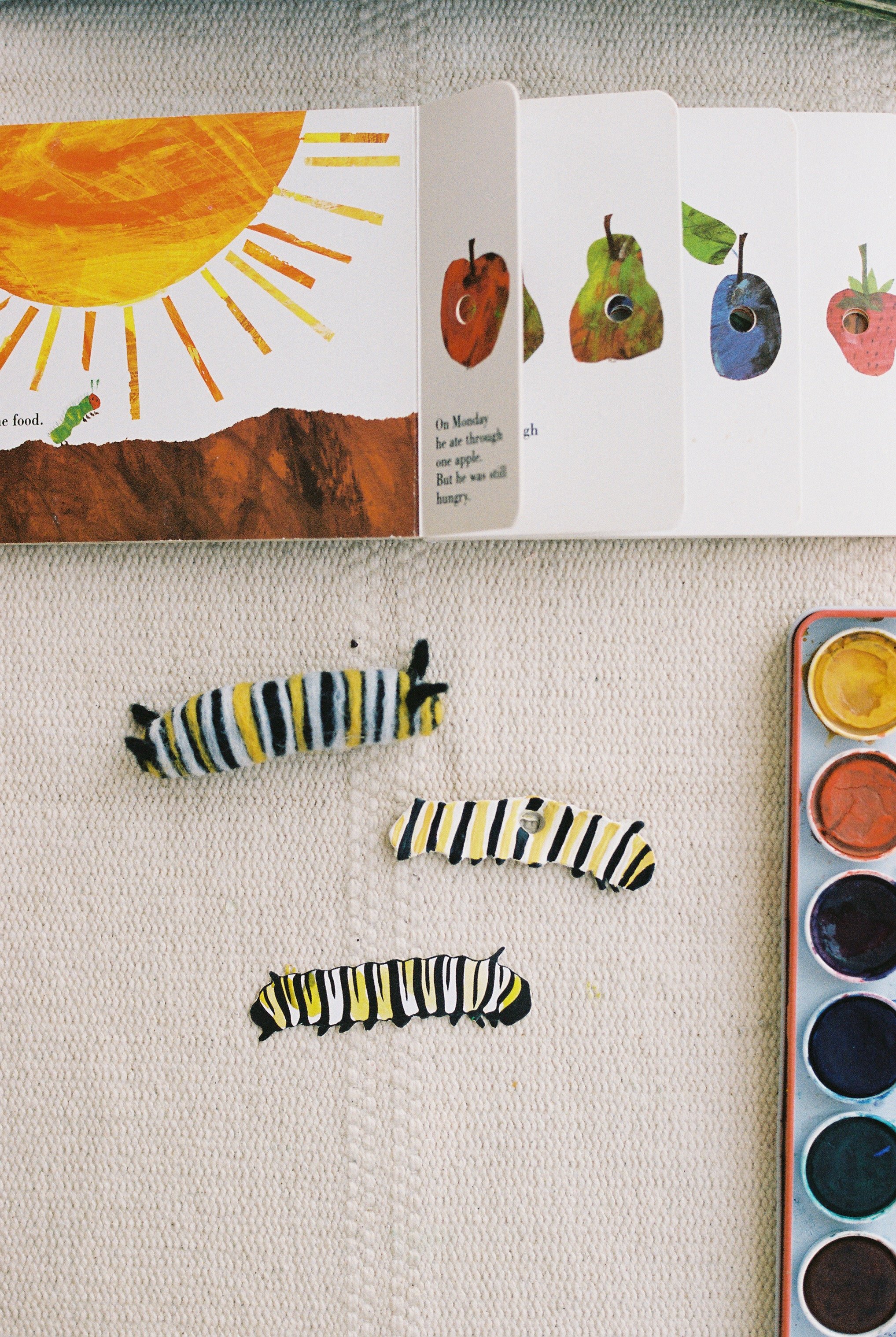
Caterpillar
LESSON 2
Children will observe real caterpillars, discuss their diet and life cycle, and create a caterpillar craft to reinforce their learning.
Cup of caterpillars.
The book “The Very Hungry Caterpillar” by Eric Carle.
Materials for butterfly life cycle of choice.
Materials
Gather materials for lesson.
Preparations
Awaken children’s interest in caterpillars.
Promote children’s active participation in new hands-on experience.
Promote scientific thinking and questioning in children.
Observe fine and gross motor skills in children.
Objectives for Teachers
Children strengthen their knowledge about caterpillars.
Children practice observation skills.
Children practice fine motor skills through drawing, coloring, cutting, gluing, molding, etc.
Children practice gross motor skills through movement activity.
Children develop empathy toward animals.
Objectives for Children

Collect and Connect
Practice singing “The Fuzzy Little Caterpillar” with the actions you came up with.
The Fuzzy Little Caterpillar
(To tune of the ‘Incy wincy spider’)
The fuzzy little caterpillar
Curled upon a leaf
Spun her little chrysalis
And then fell fast asleep
While she was sleeping
She dreamt that she could fly
And later when she woke up
She was a butterfly

Activity Flow
Do you notice any changes?
What do you think those little round balls are?
What do you think those small black fuzzies are?
Do the caterpillars look bigger?
Begin by placing the cup of caterpillars in front of your child and observing them together. Here are some questions you might ask as you watch:
2. After observing the caterpillars, find a comfortable place to sit and read "The Very Hungry Caterpillar" by Eric Carle. Before you start reading, ask your child what they think will happen in "The Very Hungry Caterpillar." Mention that the caterpillar will probably be hungry and will look for food. Ask your child what they think the caterpillar might eat. Let them share their ideas. This helps them practice making predictions, an important literary skill. Then read the whole story together.
3. After reading the story, take a few minutes to reflect on what the story was about. Some questions you might ask:
What did the caterpillar eat in the story?
Do you think caterpillars eat cakes, lollipops, pickles, etc. in real life?
What do you think caterpillars eat in real life?
When the caterpillar ate the leaves, how did he feel?
What happened to the caterpillar in our story after he ate and ate?
What are our caterpillars eating? If your caterpillars are in a cup with food paste, your child may be curious as to why there are no leaves and wonder what they are eating. This is something you can research and learn about together.
What leaves would our caterpillars enjoy eating? This is a great question to research together depending on what type of caterpillar you are raising. We enjoyed taking a nature walk to collect leaves for our caterpillars. Just be mindful of pesticides and collect leaves from a place you know hasn't been sprayed, as pesticides could harm your caterpillars.
4. Conclude this lesson by creating a caterpillar for your life cycle.



